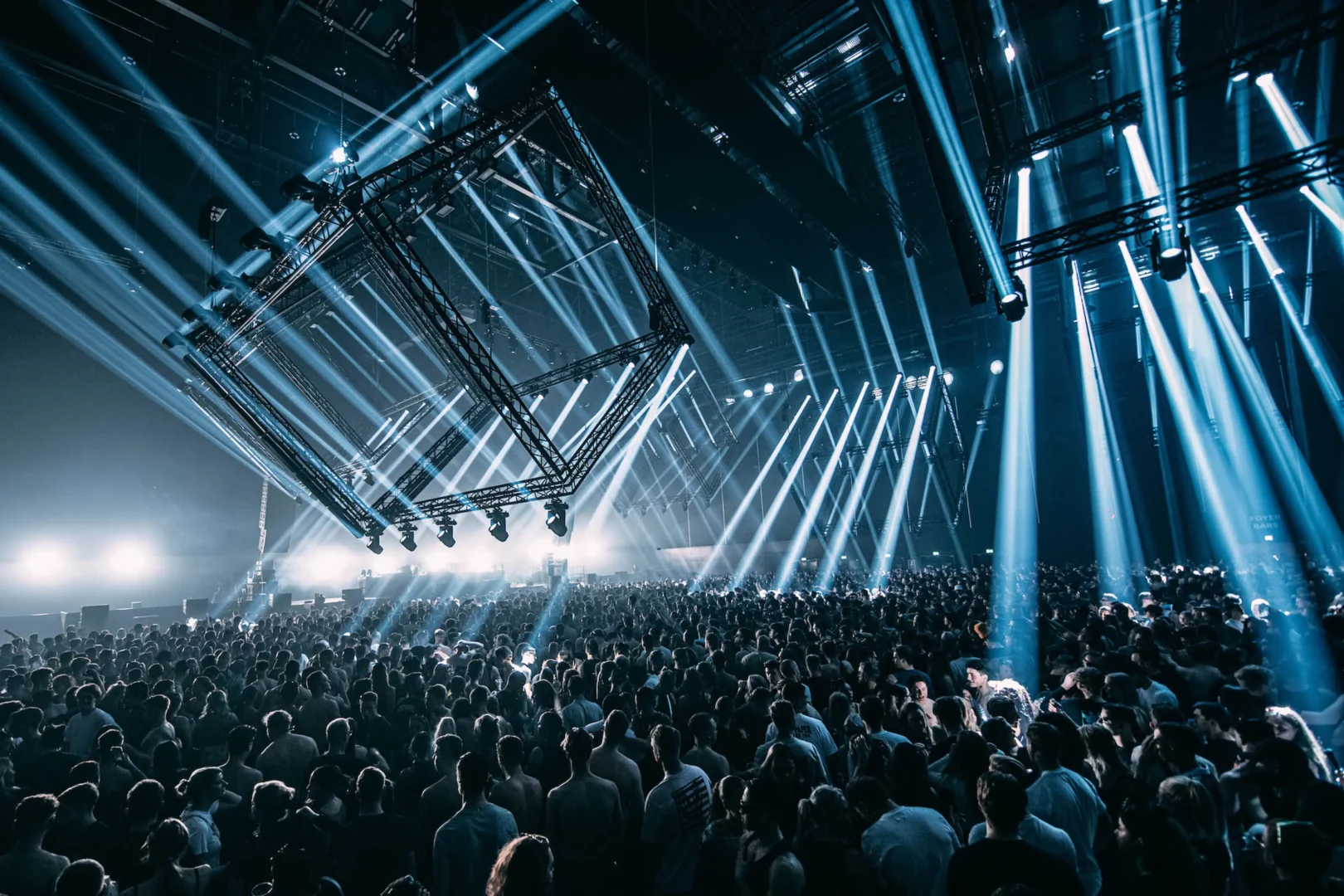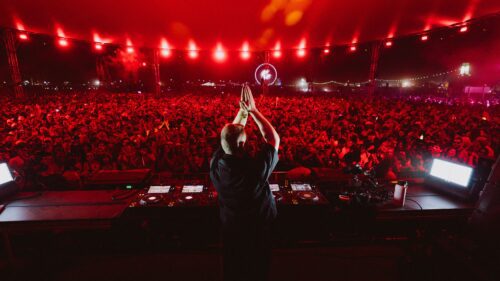Electronic dance music, or EDM, has become a dominant force in the music industry over the past few decades.
From its origins in disco and house music to its current status as a global phenomenon, the evolution of EDM has been a fascinating journey. In this article, we will explore the history of electronic dance music, from its humble beginnings to its current state as a mainstream genre. We will also delve into the rise of raves and how they have shaped the EDM scene, as well as the innovations in sound and style that are shaping the future of electronic dance music. Join us as we take a closer look at the evolution of EDM and the impact it has had on the music world.

From Disco to EDM: A Brief History of Electronic Dance Music
Electronic Dance Music (EDM) has a rich history that can be traced back to the disco era of the 1970s. Disco music, with its emphasis on danceable beats and electronic instrumentation, laid the foundation for the development of EDM as a genre. Artists like Giorgio Moroder and Donna Summer were pioneers in blending electronic sounds with disco rhythms, creating a sound that would eventually evolve into what we now know as EDM.
In the 1980s, the rise of house music in Chicago and techno music in Detroit further cemented the influence of electronic music in the dance music scene. DJs and producers like Frankie Knuckles and Juan Atkins were instrumental in shaping the sound of electronic dance music, incorporating elements of funk, soul, and electronic music to create a unique and innovative sound.
As the 1990s rolled around, EDM began to gain mainstream popularity, with genres like trance, drum and bass, and jungle emerging as popular subgenres. The rise of festivals and events like the rave scene in Europe and the United States helped to solidify EDM as a global phenomenon, with artists like The Prodigy, Daft Punk, and The Chemical Brothers leading the charge.

In the early 2000s, the rise of electronic dance music continued with the emergence of genres like dubstep, electro house, and progressive house. EDM began to dominate the airwaves and festival circuits, with DJs like David Guetta, Avicii, and Skrillex becoming household names.
Today, EDM continues to evolve and push boundaries, with artists experimenting with new sounds and blending genres to create fresh and exciting music. From its humble beginnings in disco to its current status as a global phenomenon, the evolution of electronic dance music is a testament to the power of creativity and innovation in music.
The Rise of Raves: How Electronic Dance Music Became a Global Phenomenon
In the late 1980s and early 1990s, electronic dance music (EDM) began to gain popularity through underground rave parties. These raves, which were often held in warehouses or other unconventional venues, provided a space for fans of electronic music to come together and dance all night long.
The rise of raves can be attributed to a few key factors. First, advancements in technology made it easier for DJs and producers to create and share their music. The emergence of samplers, drum machines, and synthesizers allowed artists to experiment with new sounds and create innovative tracks that resonated with audiences. Additionally, the increasing availability of affordable home computers and music production software democratized the music-making process, empowering a new generation of bedroom producers to create their own tracks.
Furthermore, the DIY ethos of the rave scene also played a significant role in its growth. Raves were often organized by collectives or groups of friends who were passionate about electronic music and wanted to create a space where they could share their love for the genre. These events were often grassroots and community-driven, with attendees contributing to the overall experience by bringing their own creativity and energy to the dance floor.
As raves began to gain popularity, they started to attract larger crowds and garner mainstream attention. This led to the commercialization of electronic dance music, with major record labels signing EDM artists and festivals like Tomorrowland and Ultra Music Festival drawing thousands of attendees from around the world. Today, electronic dance music has become a global phenomenon, with artists like Calvin Harris, David Guetta, and Tiësto selling out arenas and topping the charts. The rise of raves played a crucial role in shaping the EDM landscape and establishing it as a dominant force in the music industry.
![]()

Innovations in Electronic Dance Music: The Future of EDM Sounds and Styles
As electronic dance music continues to evolve, artists and producers are constantly pushing the boundaries and exploring new sounds and styles. One of the major innovations in EDM is the incorporation of different genres and influences into the music. This fusion of styles has led to the creation of subgenres such as future bass, trap, and tropical house, each bringing their own unique elements to the EDM scene.
Another innovation in EDM is the use of advanced technology and production techniques. With the advancements in software and hardware, producers are able to create more intricate and complex sounds, leading to a more dynamic and immersive listening experience for fans. This has also led to the rise of live performances that incorporate visual elements such as light shows and projections, creating a multi-sensory experience for concert-goers.
Furthermore, collaborations between EDM artists and musicians from other genres have become more common, resulting in a diverse range of sounds and styles. These collaborations have helped to break down barriers between different music genres and bring new audiences to the EDM scene.
Overall, the future of electronic dance music looks bright, with artists and producers continuing to innovate and experiment with new sounds and styles. As technology continues to advance and boundaries between genres blur, the possibilities for the evolution of EDM are endless. Fans can expect to see even more exciting and groundbreaking music in the years to come.









